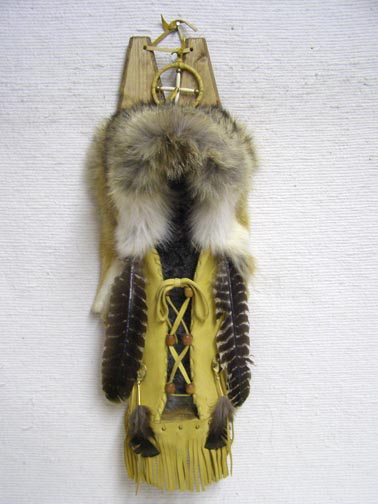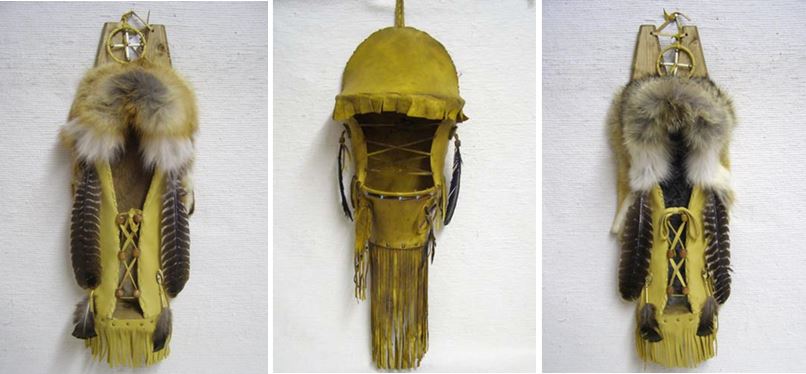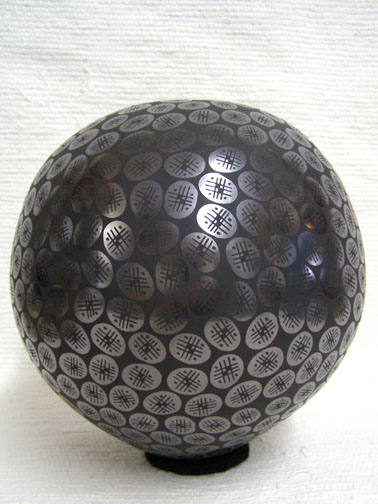
One of the greatest gifts experienced in a Native American tribe was the birth of a new infant. When a new birth was expected, the father of the baby would take on the task of creating a cradleboard for the child. The intent was that the mother would be able to carry her new swaddled baby with her as she traveled or worked. In some cases, the cradleboard was handed down through families. Perhaps the most famous cradleboard is the one sported by Sacagawea in many depictions of her. She was known to have carried her infant son as she guided Lewis and Clark on their expedition across America.
When a new cradleboard was made, the father of the child would take great care to perfectly craft the carrier, as it was believed that if mistakes were made during the construction of the cradleboard, his baby would be born with ailments. The boards were typically fashioned from wood or woven like a basket. Generously decorated cradleboards were a sign that the tribe and the family had highly anticipated the arrival of the newborn.
For the Navajo tribe, each piece of the cradleboard had meaning or significance to the family. The backboards were often composed of two pieces of wood which signified Monster Slayer and Child Born of Water, the twin hero gods of the Navajo. The footrest was a symbol of Mother Earth, and was to serve as a reminder that we spend our lives with her as our ground. In most cradleboard designs, there was a loop at the head. It served a multitude of purposes, from providing protection to the baby’s head should the cradleboard fall over to acting as a place to hang toys. For the Navajo tribe, the loop represented the rainbow. As a whole, the cradleboard was a labor of love from the family to the newborn.
Once the baby was born, it would be swaddled in a blanket and tied into the cradleboard using straps of leather. The carriers enabled Native American parents to easily prop their child against a tree while working, or transport them by wearing the board on their back.
In addition to the ease that the cradleboard provided for mobility, it was also said to play a role in the spinal formation of the infant. It caused the infant to develop a very tall and straight posture which was greatly valued as a sign of strength. Not only did the cradleboard provide safety and support, but the tight swaddle of the blankets kept the infant calm.
Not every Native American tribe used cradleboards, however. They were the most prominent in tribes which were often on the move. In many cases, infants didn’t have reason to be carried outside of the village and thus no carrier was required.
Kachina House carries a selection of traditional Cherokee and Navajo cradleboards. View our selection here.



